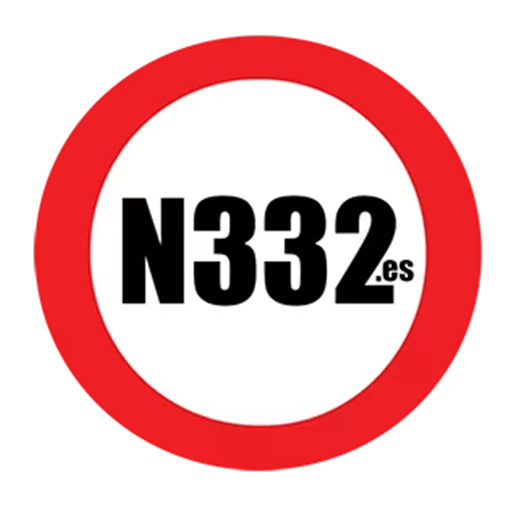Although no reasonable person would expect it to be acceptable to commit an offence just because you are in a supermarket carpark for example, there are a small number of people who assume that traffic law doesn’t apply because the area is not a road and is private land.
However, as Article 1 of Spanish Traffic Law explains, any public or communal road will be subject to traffic law regardless of whether the land is public or private.
In general, the traffic laws, movement of motor vehicles and road safety matters contained both in Spanish Traffic Law and other relevant provisions elsewhere, will be applicable throughout the national territory. They will apply to owners and users of roads and public land suitable for traffic circulation, both urban and interurban, as well as those roads and land that are in common use and in the absence of other rules, to those of private roads and land that are used by an indeterminate community of users.
What are “Commonly used roads and land”?
Commonly used roads and land refers to places open to the free movement of vehicles. The roads on which these vehicles circulate will be subject to the Road Safety Law. Vehicles must have passed the ITV (technical inspection), have current insurance and drivers will be required to be in possession of a driving licence corresponding to the category of vehicle being driven. Many drivers and occupants make the mistake of thinking that when driving on rural roads which are neither asphalted nor signposted as such, road safety regulations do not apply and are often punished for not using a seatbelt or talking on a mobile phone.
When talking about private roads and land, what do you mean when you talk about being used by an indeterminate community of users?
An “indeterminate community of users”, means that not only the owner has access, but that other users can also have access.
A clear example would be a supermarket such as Carrefour; The owner of the car park is Carrefour, which in turn has it open for its customers, thus turning the car park into private land used by an indeterminate community of users. (Public use would be when anyone can have access). Another example would be the car park of a community of neighbours, where each neighbour has a garage. (Common use is when only owners have access.)
Carrefour, during business hours has its barriers open. A customer enters the parking area and as it is an undetermined community of people who similarly use the parking area, the rules that govern are the general ones. Therefore, the way to proceed is the same as in a public area.
Carrefour closes the car park barriers at 22:00, from that moment, there is a strictly private use of it, so from that moment the owner of parking area, anyone authorised, or security guards will not be governed by traffic law.
What this section tells us is that it does not matter in which area you drive, or whether there are road or a path markings, as long as it is a zone of common use, you must comply with traffic regulations relating to both movement (Title I) such as requirements of lights Chapter X of title II), as well as be in possession of a driving licence corresponding to the vehicle in which you drive.
Discover more from N332.es - Driving In Spain
Subscribe to get the latest posts sent to your email.
